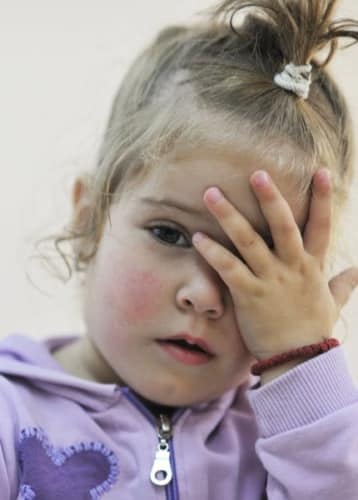Table of Contents
Are we doing enough for traumatized students?
edCircuit Breakdown
A school in Idaho introduced trauma-informed practices five years ago and is seeing positive results including a 17% decrease in discipline issues. “This is fantastic,” said Leigh Peebles, the principal at Lewis and Clark Elementary. “Kids can’t just set traumatic incidents aside. We need to create a safe emotional environment before we can even talk about academics.” Peebles also sees an upward trend in academic achievement in the students.
A panel in the Philadelphia area says that teachers aren’t adequately prepared to deal with students who are experiencing trauma. Students can suffer trauma in many aspects, from neighborhood violence to an abusive home, and teachers need to take more steps to recognize the signs and know how to intervene.
In Los Angeles, one school’s mental health director says it is important to stick to routine in the wake of a traumatic event, such as a school shooting, even if it happens on the other side of the country. But teachers need to look for signs of trouble in students and talk to them”if there’s something at school that’s troubling you, if there’s another student that may have said something that’s concerning,” Pia Escudero said. “The children that don’t have someone to go to, the children that are feeling alienated … we look for those opportunities to teach them, to link them to resources.”
edCircuit Analysis
 There are stressors and trauma in the lives of children that can happen at any time and any age. Those problems can carry over into the classroom, affecting a child’s success in school. Educators are always on the lookout for new and improved ways to deal with children who are coping with traumatic stress in their lives.
There are stressors and trauma in the lives of children that can happen at any time and any age. Those problems can carry over into the classroom, affecting a child’s success in school. Educators are always on the lookout for new and improved ways to deal with children who are coping with traumatic stress in their lives.
Dr. Pamela Cantor co-authored a study on the traumatic effects that the 9/11 attacks had on kids in New York. She found that big event trauma like those attacks had an impact on kids, but that daily stresses and trauma have more of an effect on kids feeling safe and secure in the learning environment of the classroom.
“There is a lot that parents, that one parent, can do or just one teacher can do to make a child feel protected and safe in the school classroom to foster a healthy learning environment,” Dr. Cantor says. Just being present and providing a sense of security, continuity, and acceptance in the child’s life can make all the difference in the world.”
Author
 Jim Reams is a marketing, communications and strategy consultant with over 25 years experience in both in-house and agency settings. He has specialized in EdTech and the education industry since 2009. He has a BA degree from the University of North Texas.
Jim Reams is a marketing, communications and strategy consultant with over 25 years experience in both in-house and agency settings. He has specialized in EdTech and the education industry since 2009. He has a BA degree from the University of North Texas.



